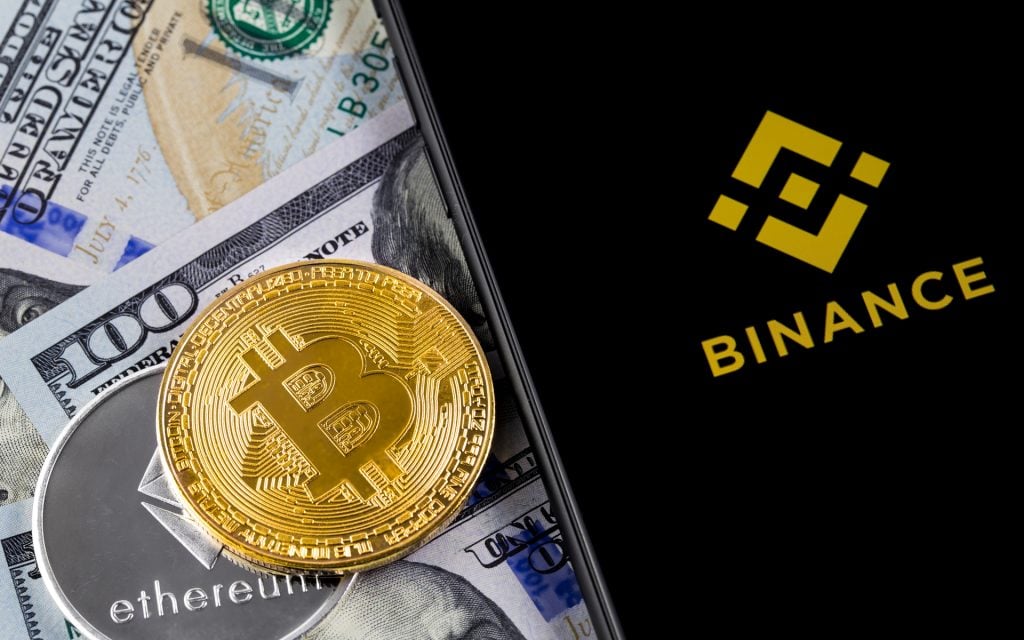New Binance Listings Are Losing Their Luster

As one of the most liquid and globally accessible exchanges, Binance wields a lot of power. Listings are a big deal to cryptocurrency teams, representing a validation of their coin, and they’re also a big deal to investors, who can profit off the price boost that invariably ensues. Lately though, those pumps have been diminishing due to trader fatigue exacerbated by an increase in frequency of new listings.
Also read: Bitcoin Ownership: Your Private Keys to Financial Sovereignty
The Unbouncing of Binance
 While any new coin added to Binance can expect an immediate jump in price, the extent of the Binance bounce appears to be waning. It’s common practice for Binance to commence trading four hours after announcing a new listing. Up until recently, a coin could expect to soar in price off the news and then keep rising for hours or even days after trading commenced on the platform. Over the past month, the trajectory taken by new coins has changed, however. The price is still sure to soar, but now its appreciation is typically short-lived, and more akin to that of a classic pump and dump.
While any new coin added to Binance can expect an immediate jump in price, the extent of the Binance bounce appears to be waning. It’s common practice for Binance to commence trading four hours after announcing a new listing. Up until recently, a coin could expect to soar in price off the news and then keep rising for hours or even days after trading commenced on the platform. Over the past month, the trajectory taken by new coins has changed, however. The price is still sure to soar, but now its appreciation is typically short-lived, and more akin to that of a classic pump and dump.
Binance has no desire to pump coin prices; it’s merely an unavoidable side-effect of adding new assets. Traders, on the other hand, who have had little to crow about in a lengthy bear market, tend to be very fond of the resultant spike, which provides an opportunity to make – or lose – a lot of crypto in very little time. The reason why Binance coin listings have gone from “sustained price increase” to “flash pump” are likely to be two-fold, and mirror those which occurred at Kucoin earlier this year.

More Frequency, More Predictability
In April, Binance listed just four coins: Golem, Cloak, Cardano, and Groestlcoin. On April 4, Groestlcoin tripled in price, and then doubled again in the space of 10 days, eventually doing a 5x. Cardano, which already had high liquidity on other major exchanges, grew by a third after its Binance listing. Cloak rose by 25%, and Golem by 40% within five days of listing.
Then, in May, Binance doubled its monthly listing ratio from four to eight. In total it added Theta, Civic, Skycoin, Zencash, Trueusd, Augur, Bytecoin, and Loom. All of these coins pumped in price – even supposed stablecoin Trueusd – but often the effects were short-lived. By the time Civic opened for trading, for instance, it had almost returned to its pre-announcement price.

It is the prerogative of exchanges to decide which coins they should list and how often. In the case of platforms such as Kucoin and Binance, however, the novelty of a weekly listing has turned into the normality of an often daily listing. Even the bots seem to be getting tired of pumping the price of new Binance coins. On June 1, the exchange announced the listing of IOTX. Once again, its chart followed the same pattern as other recent additions such as Civic, with a drop-off as fast as its ascent. Binance listings are good for a lot of things, but sustaining a new price floor for digital assets is not necessarily one of them.

Do you think Binance is losing its ability to inflate newly listed coins? Let us know in the comments section below.
Images courtesy of Shutterstock, Satoshi Pulse, and Coincodex.
Need to calculate your bitcoin holdings? Check our tools section.
The post New Binance Listings Are Losing Their Luster appeared first on Bitcoin News.
from Bitcoin News https://ift.tt/2xw7Efq

No comments